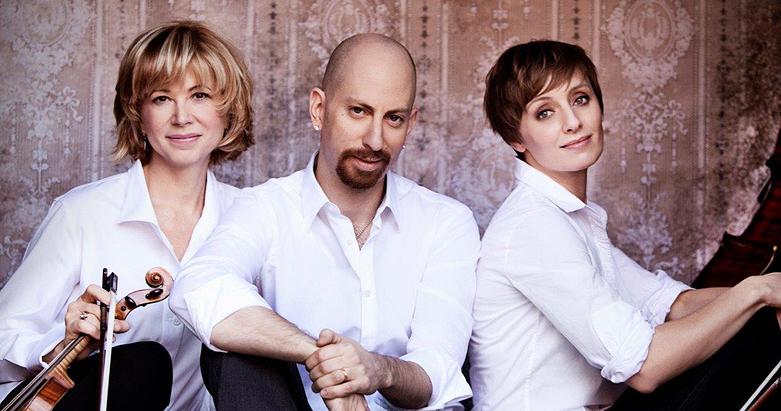
30 Sep TIO NYC: Sargent & Solisti
Next concert is October 28. Tickets here for the Trio Solisti’s Brahms series at Weill Recital Hall, Carnegie Hall. Or call CarnegieCharge at 212-247-7800.
Turns out there are lots of ways to spell “sensual.”
The total eclipse of the moon the evenings of September 27 and September 28. We watched the Blood Moon lording it over a beach in East Hampton, at its fullest at exactly 10:51 EDT.
John Singer Sargent’s sumptuous, insightful, not always flattering portraits of his circle now on display at New York’s Metropolitan Museum of Art (only through October 4).
Sargent’s images sport a textural richness derived from the tension between looseness (costumes and background) and control (flesh tones), and a no-holds-barred theatricality (costumes and poses). At first glance, the painter’s subjects, most of them glitterati (authors, actors, musicians and fellow artists, including Monet, Rodin, Henry James, Robert Lewis Stevenson, Ellen Terry, Isabella Stewart Gardner, “professional beauties” such as Madame X), appear to be on display, but the faces and poses suggest a masked inner life – “faces to meet the faces that we meet” (Elliot) – no big surprise since this elaborate game of hide-and-seek played out in about 90 paintings, drawings and watercolors are really all variations on the same them: Sargent himself.
What you see – or don’t see – in the images is a record “of relationships, influences, aspirations and allegiances” (Met site). The work also suggests someone, who, like his good buddy Henry James, was also reserved and careful about his (sketchy at the time) private life, the truth of which is revealed in a few portraits of young, beautiful men such as poet William Butler Yeats and W. Graham Robertson, the subject of the jacket design of “The Picture of Dorian Gray.”
For a great review of the show, read Holland Cotter’s wonderful review in The New York Times.
Despite a career as a society portraitist, John Singer Sargent was, by many accounts, a shy man, given to halting speech or silence except among people he knew well and liked. He was not ever, though, a shy painter. Few artists in any era have had as extroverted a hand as his, and as keen an instinct for visual theater. And when his sitters were people he cared for, something extra came into the work, a relaxed recklessness of a kind that scintillates and sluices through the 90 paintings and drawings in “Sargent: Portraits of Artists and Friends” at the Metropolitan Museum of Art.
The show, which comes from the National Portrait Gallery in London, includes a few of the Beautiful People portraits that kept Sargent supplied in cigars, opera seats and trans-Atlantic homes over a long career. His fantastic portrait of Isabella Stewart Gardner as a pearl-girted bodhisattva is here. So is his likeness of Samuel-Jean Pozzi, glamour-boy gynecologist to the stars, wrapped in a papal-red robe. And there’s the portrait of Madame X, the young Paris socialite Virginie Amélie Avegno Gautreau, whose “new woman” image — plunging black dress, lavender-powdered skin, and air of aloof disdain — threatened to send Sargent’s reputation off the tracks.
These paintings are monuments, and were meant to be, as commissioned formal portraits usually are. But many of the pictures in the show — organized by the British curator Richard Ormond, and by Elizabeth Kornhauser and Stephanie L. Herdrich of the Met — were what might be termed self-commissions, freebies, for giveaway, or exchange, or for Sargent to keep. Some earned him social or professional points, but most reflected his attraction to, or affection for, a sitter.
The earliest were done in Europe, where he was born in 1856, the child of American parents who had taken to a life of continental wandering measured in social seasons. They were living in Florence when he arrived, but moved on to Rome, and later to Dresden, then Paris, where he studied art with the painter Charles-Émile-Auguste Durand, known as Carolus-Duran. Prestige portraitist, bon vivant, and friend of Édouard Manet,..
Telluride claims them. But when throwing flowers (and plaudits), we have stand in line.
“…this piano trio, probably the finest American group currently on the field, will bring its signature intensity to the composer’s catalogue in concentrated fashion,” The New Yorker, 2015
“A performance of kaleidoscopic hues… beauty of sound and bountiful panache. Whether silken or sweeping, the music receives idiomatic and sophisticated treatment as shaped by these keenly perceptive artists,” Gramphone, 2015
“Trio Solisti’s ensemble work is absolutely precise, its technique virtuosic, its attention to expression amazing. Every note counts, every sound is shaped for maximum effect… Their performance was nothing short of incredible, the sort of experience that is rare and memorable… its sound was like a mighty wind, sweeping all in its path, leaving behind only joy,” Palm Beach Daily, 2014.
Virtuosic, sensuous violinist Maria Bachmann and her bravura Trio Solisti (cellist Alexis Pia Gerlach, and pianist Adam Neiman) are the centerpiece of Telluride Musicfest, intimate evenings of (mostly) chamber music in a private home, now in its 14th year.
Building on the Telluride teaser this past June and July, concerts featuring “Brahms & Romanticism,” the Trio presents a three-concert series in the gilded expanse of Weill Recital Hall: “Brahms: An Intimate Portrait.” the complete piano chamber music of Johannes Brahms with Trio Solisti at its core, bringing in guest artists, also Telluride regulars, to round out the larger ensemble works.
Brahms is not for the faint of heart – or talent.
Insiders know chamber musicians take their measure with Brahms: if you can make it there, you can make it anywhere. What’s required are artists who are at once conservative and exacting – and revolutionary.
Done right, Brahms is all about Expressionistic intensity and spot on musicianship.
Which exactly sums up the opening concert we were privileged to attend on Monday, September 28, which featured the Piano Trio No. 1 in B major, Op. 8, the Piano Quartet No. 3 in C minor, Op. 60, and the Piano Quintet in F minor, Op. 34, with violinist Jesse Mills and violist Hsin-Yun Huang.
The series resumes on October 28 with the Piano Trio No. 3 in C minor, Op. 101, the Trio for Violin, Horn and Piano in Eb major, Op. 40, and the Piano Quartet No. 2 in A major, Op. 26, with hornist Julie Landsman and violist Hsin-Yun Huang.
The final concert, on December 16, will feature the Trio for Clarinet, Cello and Piano in A minor, Op. 114, the Piano Trio No. 2 in C major, Op. 87, and the Piano Quartet No. 1 in G minor, Op. 25, with clarinetist Anthony McGill and violist Richard O’Neill.
Founded in 2001, theTrio Solisti has given critically acclaimed performances at storied venues including: Kennedy Center’s Terrace Theater; Wolf Trap Center for the Performing Arts; Chamber Music Society of Lincoln Center; Town Hall in New York City; La Jolla’s Revelle Series; Seattle’s Meany Hall; Caramoor and Moab Festivals, in Canada; Tuscan Sun Festival in Italy.
For more on the Trio Solisti, including their discography, go here.


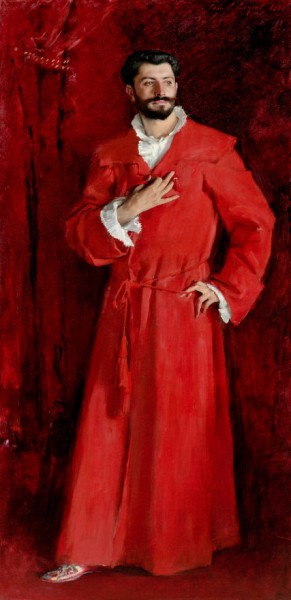
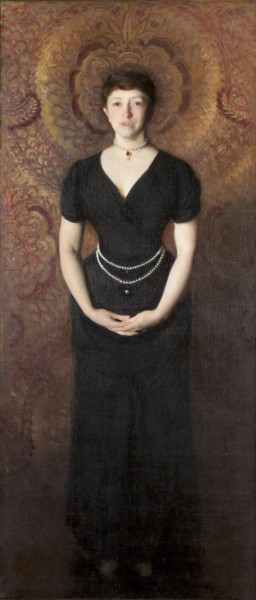
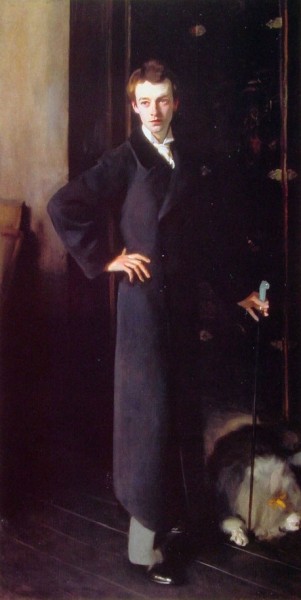
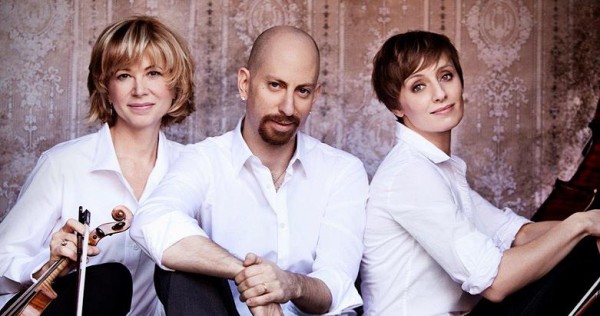
Sorry, the comment form is closed at this time.